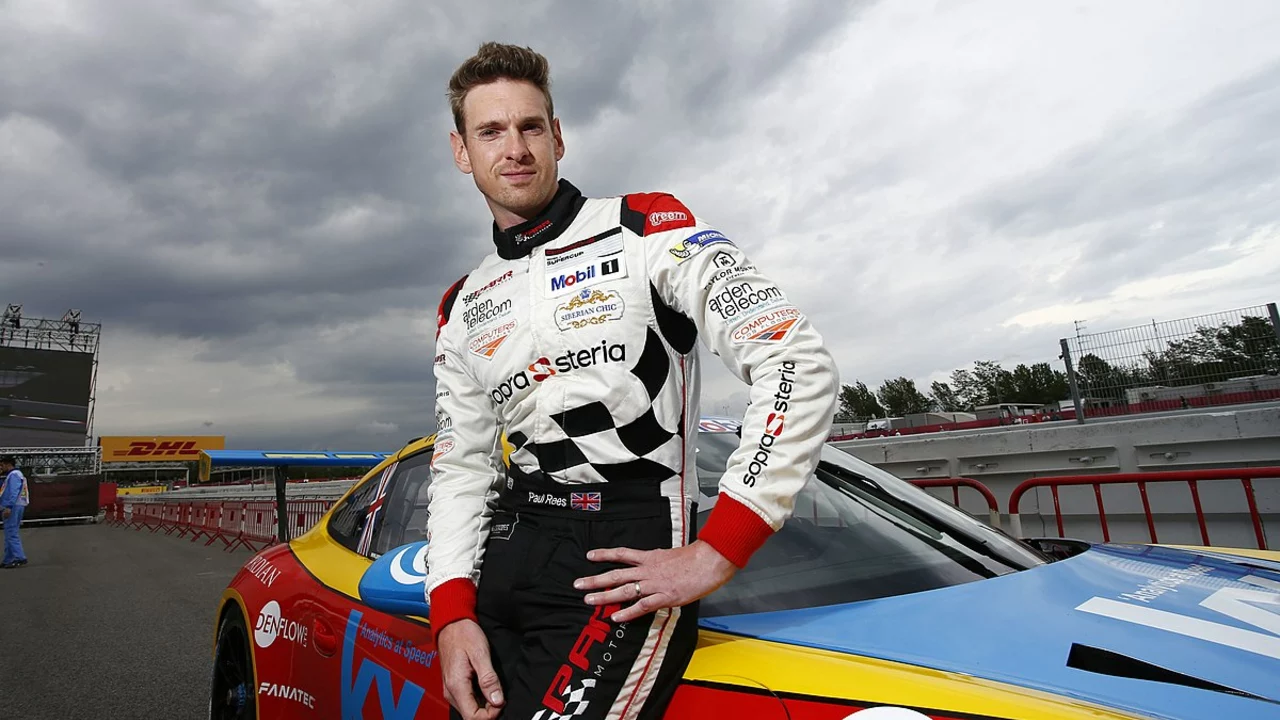How to Become a Race Car Driver: Practical Steps for Aspiring Racers
If you’ve ever felt the rush of a race car’s engine and thought, “I could do that,” you’re not alone. Turning that feeling into a real career takes more than just enthusiasm—it needs planning, training, and a bit of hustle. Below is a straightforward roadmap that will help you move from fan to driver.
1. Get the Basics Right
Start with a solid driving foundation. A regular driver’s licence is the minimum requirement, but most drivers add a motorbike licence or a karting licence to prove they can handle high‑speed vehicles. Join a local karting club; karting is the cheapest and quickest way to learn race lines, braking points, and vehicle control. Most professional racers started in karts, so it’s a proven first step.
While you’re karting, focus on three skills: consistency, feedback, and fitness. Consistency means hitting the same lap times day after day. Feedback is about describing what the kart feels like—this helps engineers fine‑tune the set‑up. And fitness? Racing is physically demanding; a strong core and good cardio will keep you sharp when the G‑forces pile up.
2. Build a Training Routine
Enroll in a racing school that offers courses for beginners. Schools such as the BRDC or local track day programs give you access to real race cars and professional instructors. A typical program covers car dynamics, racecraft, and safety procedures. Pay attention to the safety briefing—knowing how to react in an accident can save your life and your career.
Outside the track, work on a fitness plan that mixes cardio, strength, and flexibility. Many drivers do high‑intensity interval training (HIIT) to mimic the bursts of effort needed during a race. Don’t forget neck and shoulder exercises; they’re crucial for handling the forces in a fast car.
Another key habit is watching race footage. Pick a series you love—whether it’s Formula 1, IndyCar, or touring cars—and study how the leaders take corners, manage traffic, and react to changing conditions. Try to copy their lines on a simulator or on the track.
3. Get Your First Race Car Seat
When you’ve logged enough karting hours and completed a basic school course, it’s time to look for a seat in a junior series. Options include entry‑level Formula Ford, Formula 4, or club‑level GT racing. Search for teams that run driver development programs; they often offer a “pay‑to‑drive” seat that covers car costs in exchange for sponsorship support.
Start building a network early. Attend local motorsport events, talk to team owners, and let them know you’re serious. A strong social media presence can also attract sponsors—post videos of your laps, share fitness progress, and highlight any results you achieve.
Don’t be shy about asking for help. Many experienced drivers mentor newcomers, offering advice on everything from seat‑fitting to negotiating contracts.
4. Keep Learning and Advancing
Racing is a never‑ending learning process. After a season in an entry series, evaluate your performance: Did you finish races consistently? Did you improve lap times? Use that data to decide the next step—maybe moving up to a more powerful car or entering a national championship.
Invest in a personal coach if you can afford it. A coach will give you real‑time feedback during practice sessions and help you refine race strategies. Also, continue studying data logs—telemetry tells you where you’re losing time and where you can push harder.
Finally, stay adaptable. Motorsports evolve quickly with new tech and rules. Keep up with industry news, attend workshops, and be ready to adapt your driving style as cars change.
Becoming a race car driver isn’t a sprint; it’s a marathon of skill building, networking, and persistence. Follow these steps, stay hungry, and you’ll be on the grid faster than you think.
